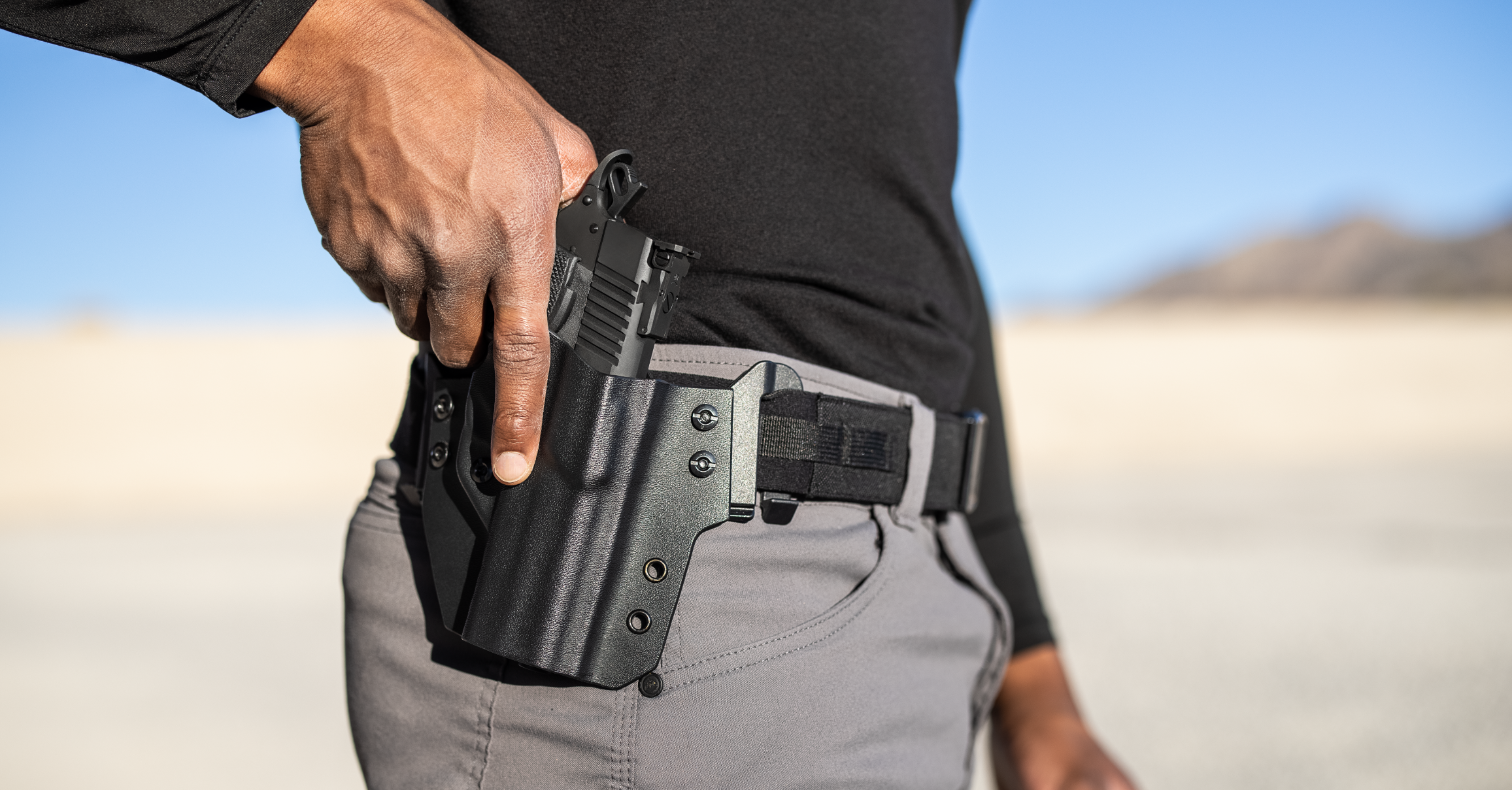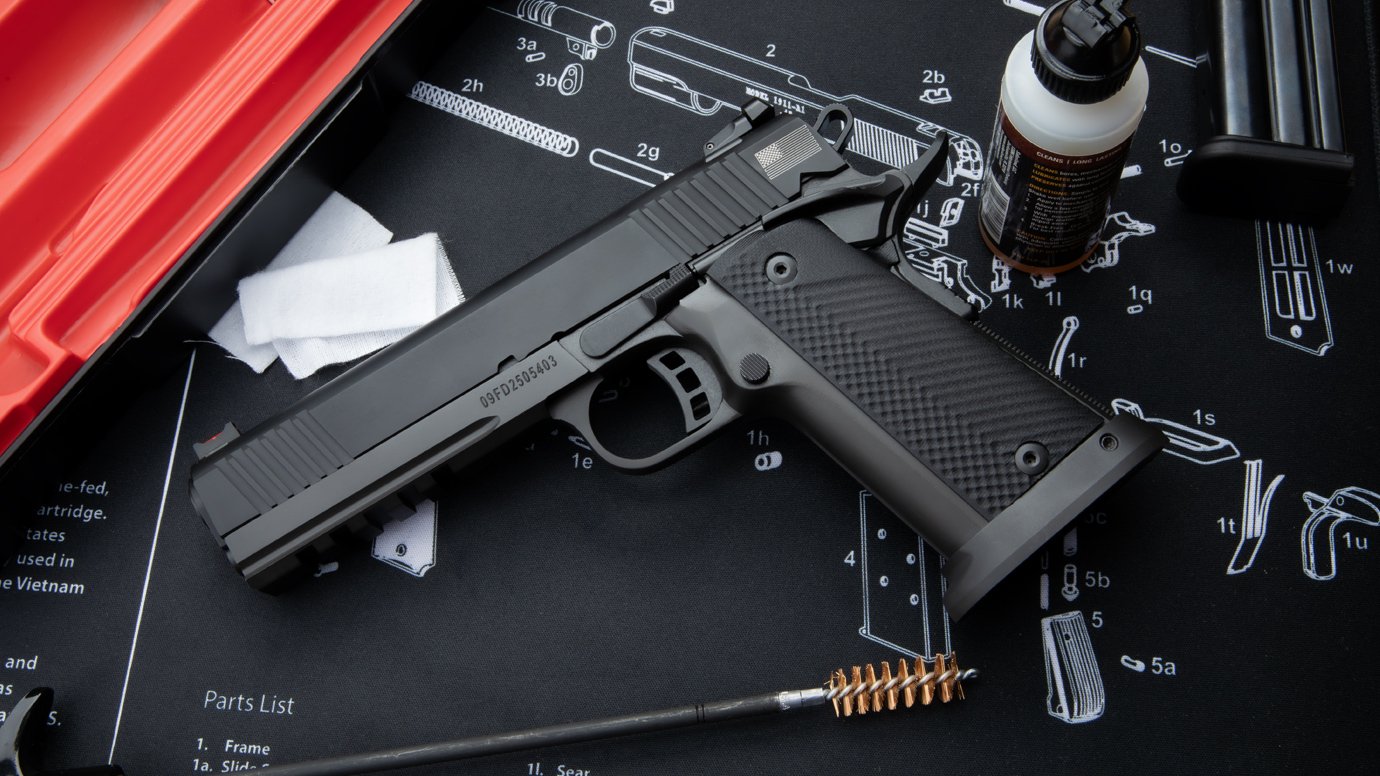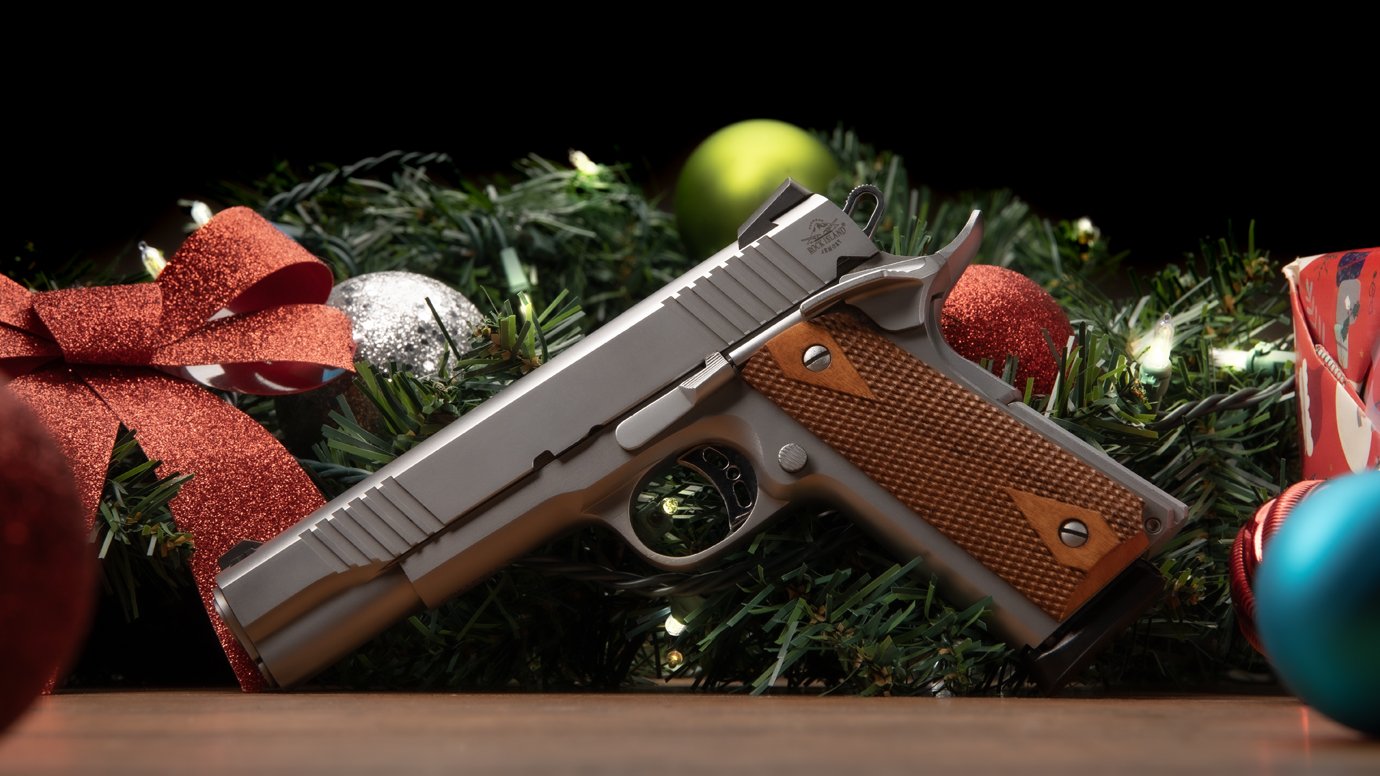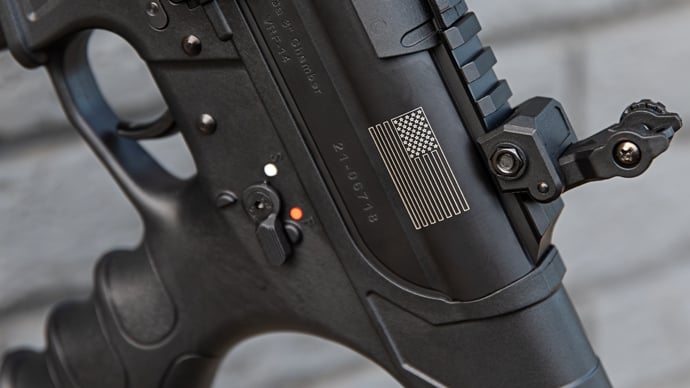Stuff They Don’t Teach You at Concealed Carry Class
Posted by Team Armscor on Jun 1, 2022 4 Minute Read

If you’re looking to obtain a concealed carry permit, you may need to complete a class as part of the process. The requirements for these classes vary from state to state, and they’ll provide a solid foundation for you. However, there are some things they likely won’t cover in your training—and fortunately, we’ve got you covered.
Here are some things to keep in mind before you start carrying.
IT ALWAYS FEELS LIKE SOMEBODY’S WATCHING ME
When you start carrying, you’ll think your handgun sticks out, constantly drawing eyes your way. Once you’ve carried for a week or two, the feeling that everyone is warily watching you will subside.
Here are a few quick tips to help you dress for success:
Cold Weather
Cold and snowy weather will actually give you more options for concealment because the extra layers can help reduce printing (noticeable gun shaped bulges). In some cases, if you know you won’t be removing your fall jacket or heavy winter coat, you can even break out an Over The Waistband (OWB) holster.
Warm Weather
As temperatures rise, people like to lose those extra winter layers which can complicate concealment. Sometimes, this means you’ll be swapping a larger CCW pistol for something more compact. Or you may have to work with baggier clothing. If you’re confident in handling a smaller pistol, you may want to consider using a pocket holster in the summer months.
Business Carry
If you find yourself dressed in a suit and tie for business or just want to take on a more formal style, the weather won't stop you from having a variety of carry options. A buttoned suit jacket would be fitting for a shoulder holster, an Inside the Waistband (IWB) or OWB holster (just make sure the grip isn't too big for OWB).
If a suit jacket isn't in the mix, you'll need something to work with pants and a dress shirt. The pants need to be loose enough to conceal an IWB holster without printing and the dress shirt should be able to untuck quickly and rest nicely over your pistols grip. A textured shirt can help break-up any unusual patterns. Consider a trip to the tailor to add extra fabric, lenth or pockets where needed.
Belts
If you’re carrying on your waist, make sure you ditch the flimsy belts in your closet for something sturdier. Lightweight belts can sag under the weight of your firearm or twist up when you try to draw. This can create safety issues for you and those around you—and allow someone to get the drop on you when seconds count.
ATTACHMENT
Another thing you might not be told in your carry course is the strong sense of attachment that you’ll develop. Assuming you stick with carrying, you’ll soon find it odd and uncomfortable to not have your carry pistol on you. It just won’t feel right. You’ll experience a feeling of emptiness where your pistol would normally sit.
Remember the rules, though:
Watch for postings at the doorways of any facilities you enter—especially places like hospitals and schools. Typically, they don’t allow weapons of any kind inside…even if you’re licensed and trained to carry. Also, if you’re approached by law enforcement for any reason while you’re out and about (traffic stop, etc.) make sure you’re open and honest with them that you have a firearm with you, keep your hands in plain view, and promptly follow all commands.
GREATER CONFIDENCE
By entering into the world of daily carry you’ve just upped your sense of independence, confidence, and responsibility. You’ve equipped yourself with the tools necessary to protect yourself and your loved ones. This, of course, requires significant responsibility and discerning judgment on your part.
Carrying a concealed firearm can change your attitude and point of view—and these can be tremendously positive things. Just make sure you remain mindful of your surroundings, follow the law to the letter, and put safety first wherever you go.







